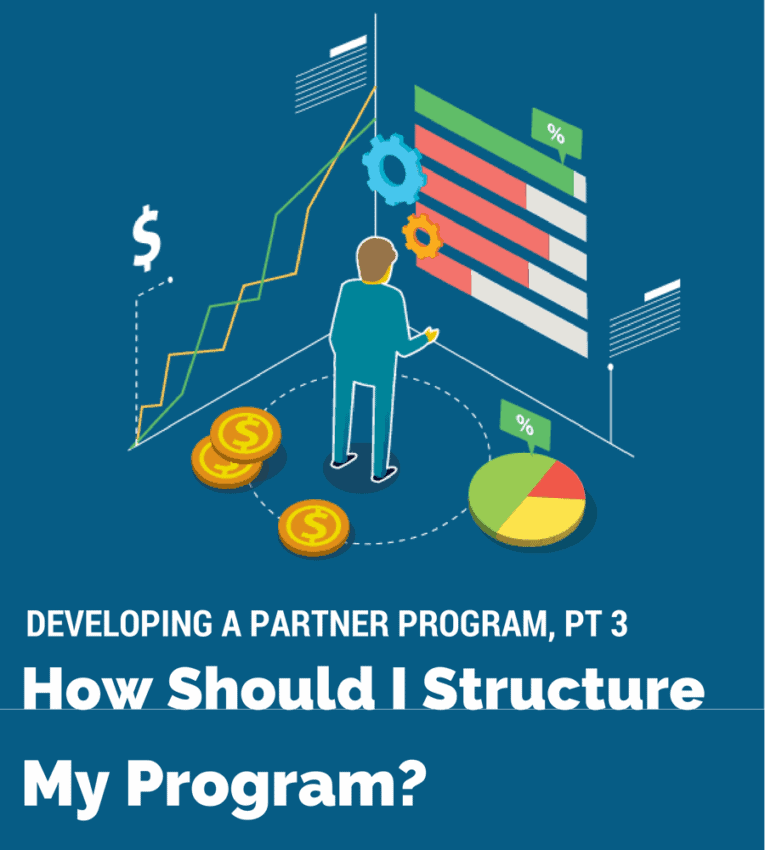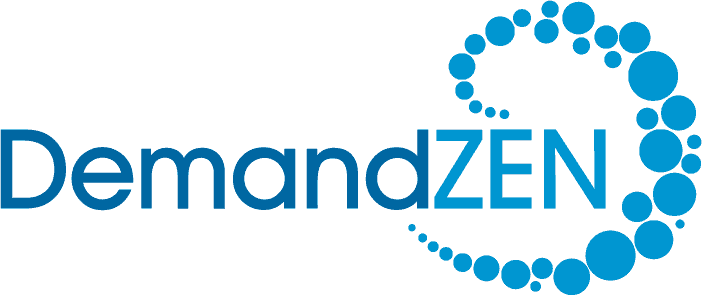Developing a Partner Program, pt 3: How Should I Structure My Program?


We’ve seen partner program structures that range from incredibly simplistic to more complicated than String Theory, as well as the full range in between. Because of the program structure, some of them were successful and some failed. This is because of alignment. The key to a successful program structure is that the program is designed to be in line with business goals as well as team resources.
As we’ve said before, a partner program involves building relationships, training and incentives to further expand the reach of your product. A partner program can help enable rapid growth and expansion. If those are your goals, your partner program structure should reflect that. In these cases, it can pay to be more intricate. Having multiple tiers or bonus levels can help support aggressive growth goals. However, if you are wanting to grow in a more controlled and systematic way, it may be beneficial to start with a simpler structure that only encourages partners to achieve a predetermined goal instead of striving toward something bigger on their own.
The other half of the alignment conundrum is team resources. How complicated a partner program is corresponds directly to the amount of resources that need to be dedicated to it. If you do not have the manpower to support an extremely intricate plan, do not follow that plan. The success of the program starts in the eyes of the partner. If they do not feel you can manage your part of the bargain, they will not manage theirs. That’s where the program fails. Just remember the old adage, “don’t bite off more than you can chew.”
Once you’ve determined what resources you can put in and what the goal of the program is, there are a few more questions you need to ask yourself before you decide upon a structure for your program.
How many partner types do I need for my program?
First, you have to determine if you need partner subtypes or if just designating them as “Partner” will suffice. You can figure that out by answering if partners will be doing the following:
- Selling your product
- Physically using the product/service for the client who purchased the subscription
- Integrating new technology into your platform
Each of those bullets would be considered a different partner type. However, just because you said yes doesn’t mean you need to support it within your partner program. Look at the value each one would add. If you don’t think that you’ll get much value out of partnering with companies that would act as consultants, don’t add them to your program!
Typically, you’ll want to focus on the one to two partner types that will bring in the most for what you’re investing. Extra partner types are great, but when you’re putting in more resources than the value you’re getting out, extra partner types are also a great way to spread your resources too thin. Remember, it’s much easier (and smarter) to expand over time than to reduce or end a program because you can’t support it internally.
If that’s confusing, take a look at Marketo. Marketo has two types of partners. Technology Partners, who create solutions that integrate with Marketo and Digital Services Partners who provide Marketo expertise to companies using Marketo. That’s it. Two partner types. There are many Marketo Consultants in the world, but they are not partners with Marketo.
Do I need to separate partners in a certain way?
Now that you know what kinds of partners your program needs to support, you need to determine if you’re going to have a tiered structure or not. A tiered structure is a helpful way to entice partners to meet progressive goals and maintain them over time. Typically, a tiered structure is comprised of three to five levels, each with their own benefits and rewards.
For example, say you have three tiers: Bronze, Silver, and Gold. Bronze Partners are classified as bringing in less than $10,000 in revenue per year. As a result, Bronze Partners may get profit sharing of 5% on each deal and their name listed on your website. On the other side, Gold Partners may bring in at least $30,000 in revenue per year and receive profit sharing of 15% on each deal and a logo and brief description on your website.
Additionally, different tiers typically receive different amounts of support from your team. A Gold partner may be a dedicated account. They have a designated partner lead who works with them directly. A low-level partner may not have a dedicated support rep and may have to go through the standard company support until they reach a higher level. This effectively perpetuates a “you get what you put in” system.
If your goals are centered on rapid growth, tiered structures are a great way to utilize your partner program to its maximum potential. If you are focused on controlled growth and plan to dedicate the same amount of resources to each partner, it’s may be more beneficial to forego the tiered structure for now and focus on a minimum partner standard.
You can set it up in any way that makes sense to you, but remember:
Keep it simple.
A tiered program should be easy to understand. There should be very clear deliverables and goals to meet in order to change tiers. Those should be well documented and clearly provided to any partners or prospects. Make sure there is no confusion between what determines if you stay at level 2 versus level 3.
Additionally, don’t make the tiers too complicated. You probably don’t need 15 tiers or partner levels.
Start small.
This applies to everything. If two partner types and three tiers is sufficient for now, stick with it. Figure out what you need and go from there. It’s easier to expand over time than it is to downgrade after the fact.
Don’t offer partners profit sharing of extreme percentages or extravagant gifts right off the bat. That will most likely not be sustainable over time and trying to lessen their compensation for their efforts will not go over well. How would you feel if your boss asked you to take a 20% pay cut as they changed the business structure a bit, even though you’re expected to do the same job and manage the same responsibilities? Your partner will be equally displeased.
Start with compensation packages that you know will be able to grow or be sustained over time. Take a look at the costs you’re putting into the program and the average selling price and average lifetime value of what you believe your partners will bring in per deal and go from there.
The same goes for investments from the partner. If you’re going to ask them to pay a fee to join or maintain membership, start with a realistic sum and move up as the program gains momentum.
Make the tier names meaningful.
This may seem stupid, but you must pay attention to how every part of your program is perceived. We’ve already said that you shouldn’t make different levels if you don’t have a reason to make different levels. But, on the flip side, once you’ve made them it’s important to convince partners the different tiers are important. Subsequently, we need to do a little more marketing and name the tiers to benefit your partners, not you.
Internally you can call them named accounts, enterprise partners, whatever. Externally, the partners need a sense of where they stand and what to strive for. There is a reason partner names are often associated with precious metals and gemstones. Those names translate to something deep in the core of a person, around the world. We know that silver is worth less than gold. We also know that, typically, platinum is more expensive/rare than gold. And we know that without having to read any fine print– it’s an innate knowledge. They will know that when joining your partner program and their clients will know that when looking at their website.
This is the same reason we caution against unique tier names. While it might be fun to have earth level partners or nimbus level partners, clarity and simplicity must always come before uniqueness. If something is too unique it won’t have any meaning to the partner or prospect. I mean, how many people do you think know what’s higher between the mesosphere, the troposphere, the thermosphere, and the stratosphere?
Not many.
Conclusion
When planning your partner program structure, take your time. To start, focus on what you need, not what you want. You can always grow later. Remember, Rome wasn’t built in a day, so don’t expect your partner program to be, either.
Don’t miss next week’s installment, “Developing a Partner Program, pt 4: Implementing the Program.”
Need help getting your partner program off the ground through sourcing prospective partners or developing the program, assets, and marketing materials? We can help– contact us today.
You Might Also Enjoy These Posts
How to Create an Exceptional Client Experience
7 Reasons Why Relevant Data is Important to Your Organization
Welcome To DemandZEN
DemandZEN specializes in Account-Based Demand Generation and solving the challenges around finding, engaging and converting target accounts into real opportunities for B2B Technology and Services companies.


